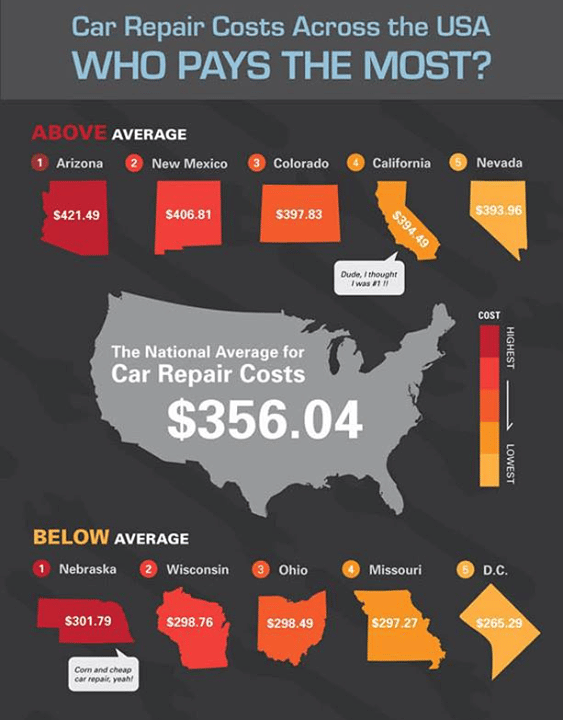Analyzing Your Auto'S Alert Lights: Their Real Ramifications
Analyzing Your Auto'S Alert Lights: Their Real Ramifications
Blog Article
Web Content By-Faulkner Winters
When you're behind the wheel, those glowing caution lights on your dashboard can be a bit perplexing. Do you understand what they're trying to inform you about your automobile's health? Understanding the relevance of these lights is essential for your safety and security and the longevity of your vehicle. So, the next time among those lights appears, would not you intend to decode its message accurately and take the required actions to address it?
Common Warning Lighting and Interpretations
Identify usual caution lights in your vehicle and comprehend their meanings to make certain risk-free driving.
The most common caution lights consist of the check engine light, which signifies concerns with the engine or discharges system. If this light comes on, it's crucial to have your car checked immediately.
The oil pressure cautioning light indicates reduced oil stress, calling for prompt interest to avoid engine damage.
A flashing battery light may recommend a defective billing system, possibly leaving you stranded if not dealt with.
The tire pressure surveillance system (TPMS) light signals you to reduced tire pressure, influencing lorry security and gas effectiveness. Neglecting car steam cleaning could lead to dangerous driving conditions.
The abdominal light shows a problem with the anti-lock braking system, jeopardizing your capability to quit promptly in emergency situations.
Last but not least, the coolant temperature level warning light warns of engine overheating, which can result in serious damage otherwise dealt with quickly.
Comprehending these typical caution lights will aid you address problems promptly and maintain risk-free driving conditions.
Value of Prompt Interest
Recognizing the common warning lights in your cars and truck is just the initial step; the relevance of immediately attending to these warnings can not be highlighted enough to guarantee your security when driving.
When a warning light illuminates on your dashboard, it's your automobile's way of communicating a potential issue that requires attention. Ignoring these cautions can cause a lot more extreme issues in the future, endangering your security and possibly costing you more out of commission.
https://www.consumerreports.org/car-repair/used-car-prices-surge-consider-fixing-car-you-already-own-a8533244943/ to cautioning lights can prevent breakdowns and crashes. For example, a blinking check engine light can suggest a misfire that, if left unattended, can create damages to the catalytic converter. Addressing this promptly can save you from a pricey repair service.
Likewise, a brake system advising light may indicate reduced brake fluid or worn brake pads, crucial parts for your safety and security when driving.
Do It Yourself Troubleshooting Tips
If you observe a caution light on your control panel, there are a few do it yourself troubleshooting ideas you can try prior to seeking professional aid.
The first step is to consult your cars and truck's handbook to comprehend what the details caution light shows. Occasionally the problem can be as simple as a loose gas cap activating the check engine light. Tightening the gas cap may settle the issue.
Another usual problem is a reduced battery, which can set off numerous warning lights. Inspecting the battery links for rust and ensuring they're safe and secure may take care of the issue.
If a caution light continues, you can try resetting it by detaching the car's battery for a couple of minutes and afterwards reconnecting it. Additionally, inspecting your vehicle's fluid levels, such as oil, coolant, and brake liquid, can assist repair warning lights associated with these systems.
Final thought
In conclusion, understanding your vehicle's warning lights is essential for maintaining your vehicle running efficiently and safely. By without delay dealing with these signals and recognizing what they indicate, you can prevent costly repairs and possible failures.
Learn Additional in mind to consult your vehicle's manual for particular information on each cautioning light and take action appropriately to ensure a trouble-free driving experience.
Stay informed, remain auckland car detailing -free when traveling!
